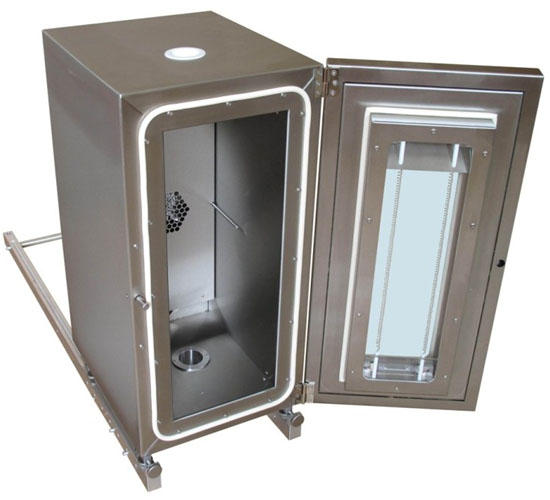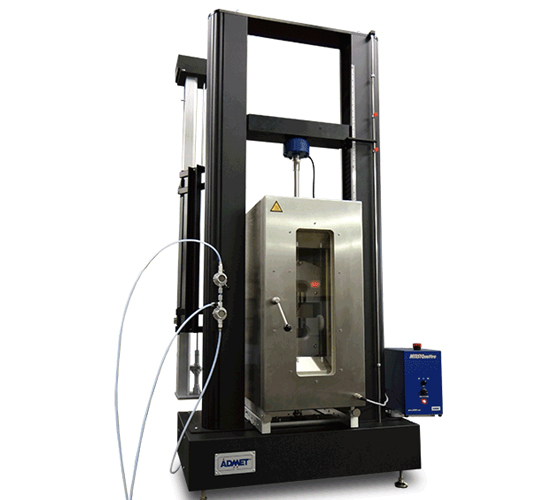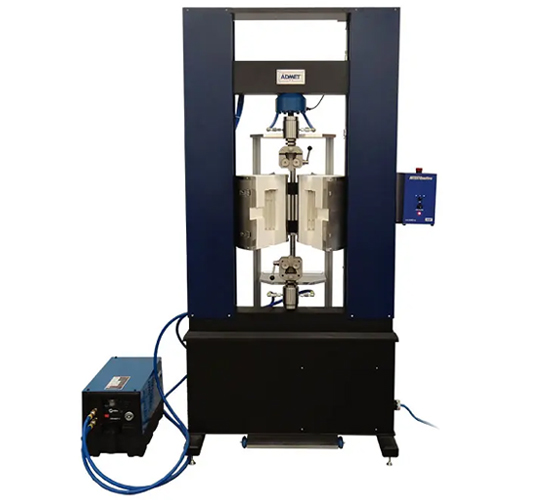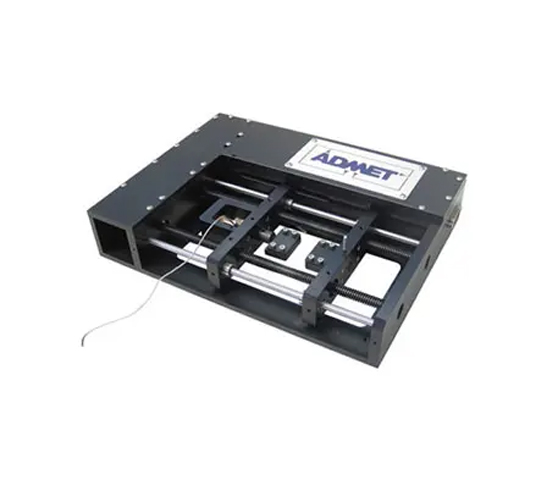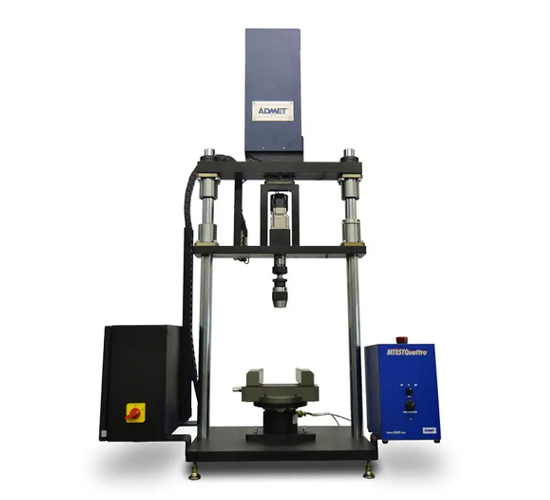Environmental Chamber Overview
The Environmental Chamber is a high-performance testing accessory designed to simulate and control environmental conditions such as temperature, humidity, and other environmental factors during material testing with universal testing machines. It is an essential tool for performing tests on materials and components that are subjected to extreme or fluctuating environmental conditions in real-world applications. This chamber allows users to test the durability and performance of materials under controlled, reproducible conditions, making it ideal for industries like aerospace, automotive, electronics, construction, and research.
The Environmental Chamber is engineered to precisely control environmental conditions, ensuring that specimens are exposed to consistent temperature, humidity, or other environmental stresses throughout the testing process. This feature is crucial for evaluating the material’s behavior under conditions such as high heat, cold temperatures, moisture exposure, or rapid environmental changes, providing valuable insights into their long-term performance and reliability.
Constructed from high-quality, durable materials, the Environmental Chamber is built to withstand harsh testing environments. It provides accurate and reliable data on the material’s response to environmental factors like thermal expansion, cracking, corrosion, or degradation, helping to predict how the material will perform in real-world conditions.
The chamber is designed to work seamlessly with universal testing machines, offering easy integration into existing test setups. It features user-friendly controls for adjusting temperature, humidity, and other parameters to meet specific testing requirements. With precise control over environmental variables, users can ensure that tests replicate real-world conditions, making it a versatile and essential tool for material testing.
Environmental Chamber is ideal for use in research, development, and quality control testing, providing valuable data on the performance of materials exposed to various environmental conditions. For more information on the Environmental Chamber, customization options, and universal testing machine price, contact us today.

